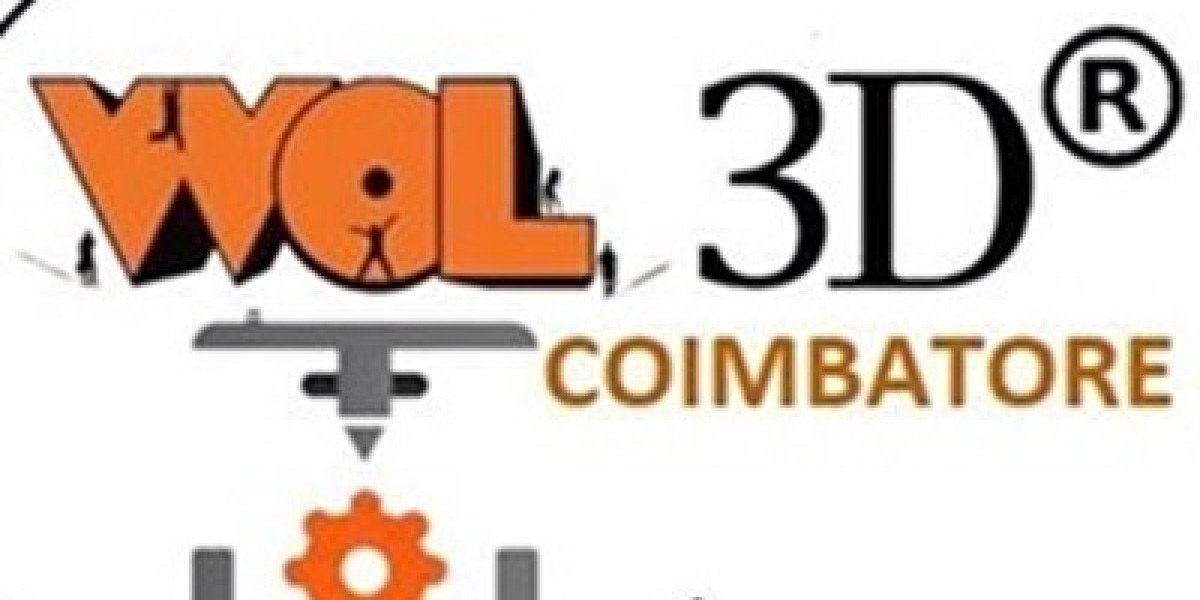The India ice cream market is experiencing a significant growth phase, fueled by changing consumer preferences, increasing disposable income, and the expanding reach of organized retail. In 2024, the market value is estimated at approximately USD 3.46 billion, with projections indicating a CAGR of 15% between 2025 and 2034. By 2034, the market is expected to reach a value of around USD 12.17 billion. This article provides an in-depth analysis of the India ice cream market, including its size, market share, dynamics, growth opportunities, challenges, and competitor landscape.
Overview of the India Ice Cream Market
India’s ice cream market is a dynamic and rapidly growing segment within the country’s food and beverage industry. The demand for ice cream is driven by factors such as increasing urbanization, rising middle-class income, changing consumer preferences, and a wide variety of flavors catering to regional tastes. Moreover, with the advent of premium and artisanal ice creams, the market is moving towards sophistication, attracting more consumers, including health-conscious individuals and premium buyers.
India’s ice cream consumption is steadily rising, not just during summers but throughout the year, thanks to changing consumption habits and innovative flavors. The growing presence of international and local ice cream brands is also contributing to market expansion, further driving the evolution of the Indian ice cream market.
Market Size of India Ice Cream Industry
The India ice cream market has witnessed a remarkable rise in recent years. In 2024, the market is estimated to be valued at USD 3.46 billion. This growth is fueled by the increasing number of young consumers, the shift toward indulgence foods, and the expansion of cold-chain logistics that help preserve and distribute ice cream efficiently.
Projected Growth:
The market is expected to grow at a CAGR of 15% from 2025 to 2034, a robust rate indicating a substantial upward trend. By 2034, the market is expected to reach a value of around USD 12.17 billion, reflecting the increasing demand across various segments, including traditional, premium, and functional ice creams.
Market Share of Ice Cream in India
Dominant Brands:
India’s ice cream market is characterized by a mix of multinational and domestic players. Amul, Britannia, Häagen-Dazs, and Kwality Wall’s (Unilever) dominate the market share, while emerging local brands also carve out niches by catering to regional tastes and preferences.
- Amul is the market leader, known for its widespread availability and affordable yet high-quality products.
- Kwality Wall’s remains a strong competitor in the premium segment, offering a diverse portfolio of indulgent flavors.
- Häagen-Dazs and Baskin-Robbins target high-income groups and premium buyers with their international offerings.
Regional Influence:
The market share distribution varies across regions, with the northern and western parts of India being the most prominent ice cream consumers. However, the southern and eastern regions are also witnessing increasing demand, driven by the expanding retail and distribution channels.
Market Dynamics & Trends
Market Drivers:
- Increasing Disposable Income: Rising income levels, especially in urban areas, have made ice cream more affordable, contributing to an increase in consumption.
- Changing Consumer Preferences: There is a shift towards premium, exotic, and international flavors, with an increasing demand for sugar-free, dairy-free, and plant-based options.
- Urbanization: With more people living in cities, the demand for ready-to-eat and convenient dessert options like ice cream is on the rise.
- Expanding Distribution Networks: The improvement in cold-chain logistics, including better storage and transportation facilities, ensures that ice cream reaches consumers in remote and underserved regions.
- Innovation in Flavors: Ice cream brands are increasingly experimenting with new, exciting flavors, offering regional varieties like mango, kulfi, and cardamom to cater to local tastes.
Het a free sample request:- https://www.expertmarketresearch.com/reports/india-ice-cream-market/requestsample
Key Trends:
- Health-Conscious Choices: A growing trend for healthier options like low-fat, low-sugar, and plant-based ice creams is reshaping the market. Consumers are increasingly seeking functional ice creams with added nutritional benefits, such as those enriched with probiotics or superfoods.
- Premiumization: There is a noticeable shift toward premium ice cream products, with consumers opting for higher quality, more authentic ingredients. Luxury ice cream brands offering unique flavors, such as matcha or salted caramel, are gaining popularity.
- Sustainability: Eco-conscious consumers are demanding more sustainable packaging, leading brands to adopt biodegradable or recyclable materials in their ice cream packaging.
- E-commerce Growth: The rise of online food delivery platforms has made it easier for consumers to access their favorite ice creams, particularly during the COVID-19 pandemic. Many brands have enhanced their online presence to tap into this growing demand.
Growth Opportunities in the India Ice Cream Market
- Tier 2 and Tier 3 Cities: While urban centers are leading the charge in ice cream consumption, there is significant untapped potential in smaller cities and towns. The increasing middle-class population and better retail infrastructure in these regions offer lucrative growth opportunities.
- Plant-Based Ice Creams: As more consumers become health-conscious and adopt plant-based diets, the demand for dairy-free and vegan ice creams is set to increase. Brands that innovate in this space will likely gain a competitive edge.
- Seasonal Promotions and Festivals: Leveraging India’s festival culture offers brands an opportunity to launch limited-edition flavors and special offers during peak seasons like summer, Diwali, and Holi.
- Co-Branding with Food and Beverage Companies: Partnerships with popular food chains and restaurants can help ice cream brands expand their reach and tap into new customer bases.
- Increased Focus on Product Innovation: New product lines, such as ice cream with functional benefits or premium gourmet varieties, can drive growth in the high-end segment.
Challenges in the India Ice Cream Market
- Price Sensitivity: While there is significant demand for premium ice creams, price sensitivity remains a barrier for a large segment of the population. In price-conscious markets, affordability remains a key challenge for high-end players.
- Supply Chain and Distribution: India’s vast geography and inconsistent cold-chain infrastructure pose logistical challenges for ice cream brands looking to expand into rural or remote areas.
- Seasonality: Ice cream consumption is highly seasonal, peaking during the hot summer months and tapering off in the winter. Brands need to develop strategies to maintain sales during off-peak seasons, such as through innovations or by diversifying their product range.
- Competition and Market Saturation: With a growing number of both local and international brands, competition is fierce. Differentiation through innovation, quality, and unique flavors is essential to stay ahead in the market.
Competitor Analysis in the India Ice Cream Market
Key Players:
Gujarat Co-operative Milk Marketing Federation Ltd (Amul)
Amul, under the Gujarat Co-operative Milk Marketing Federation Ltd (GCMMF), is one of the largest and most trusted brands in India’s ice cream market. Known for its wide range of ice creams that cater to various segments, Amul has established itself as a household name, offering both traditional and innovative ice cream flavors at affordable prices.
Vadilal Industries Ltd
Vadilal Industries Ltd is another significant player in the Indian ice cream market, known for its extensive range of flavors and product lines. Vadilal, a leading manufacturer and retailer of ice cream, has been serving the Indian market for over five decades and is a preferred brand across various regions of the country.
Mother Dairy Fruit & Vegetable Pvt Ltd
Mother Dairy, a part of the National Dairy Development Board (NDDB), is a leading player in India’s dairy and ice cream sector. Known for its focus on quality and affordability, Mother Dairy has gained a strong foothold in the Indian ice cream market, offering both traditional and innovative flavors.
Competitive Landscape:
The market is highly competitive, with brands focusing on product differentiation, innovation, and distribution networks to stay ahead. Leading companies are investing heavily in advertising and expanding their retail presence through physical stores, online platforms, and even food delivery apps to capture more customers.








